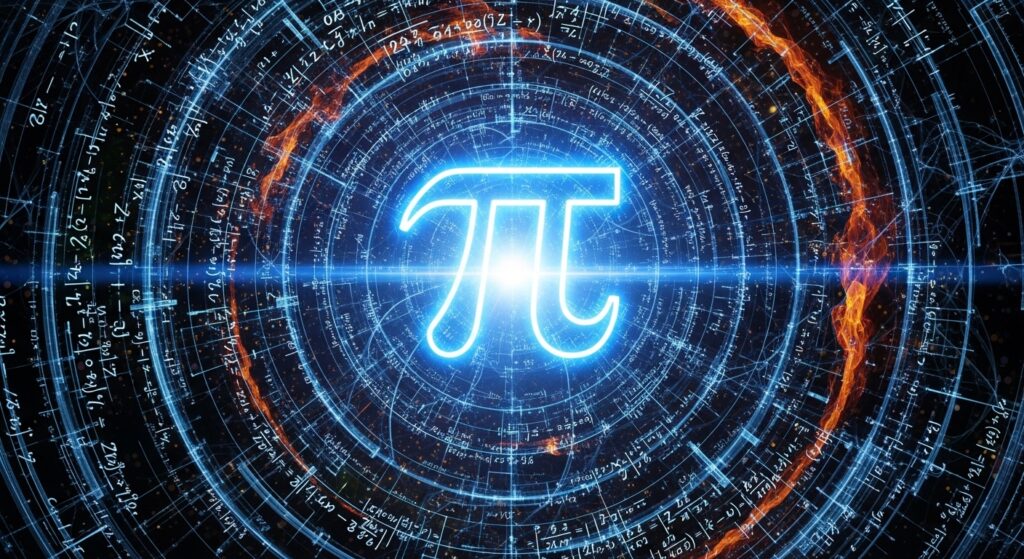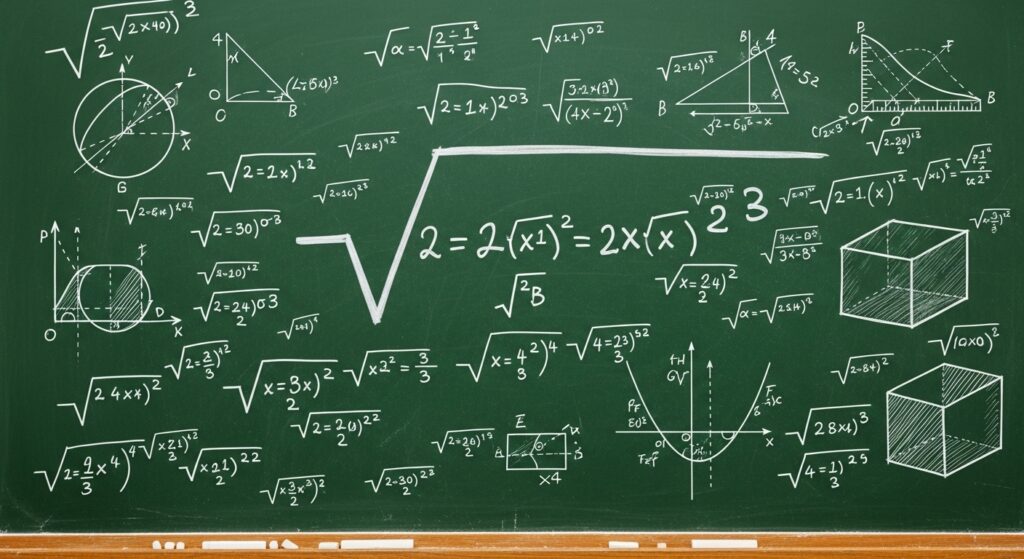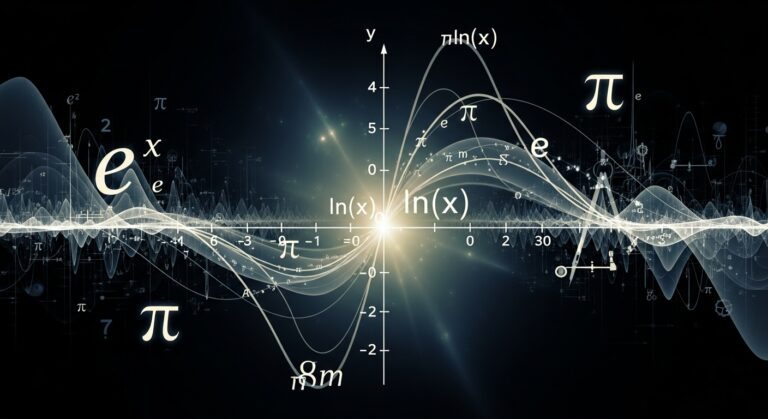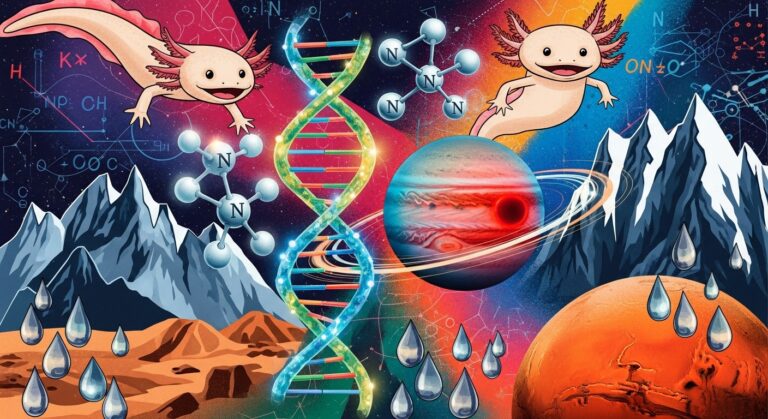Math Quiz: 10 Questions to Test Your General Knowledge in Math
Math is one of the universal languages of human civilization. Whether you are measuring ingredients in a recipe, estimating travel time, comparing prices, or analyzing scientific data, mathematics quietly guides almost every decision you make. A math quiz like this one helps reveal how well you understand the concepts that shape your logical thinking, problem-solving abilities, and capacity to reason.

A strong foundation in math supports careers in science, engineering, economics, medicine, and technology. It also enhances everyday life, allowing you to approach challenges with a structured, analytical mindset.
The Importance of Numbers in Daily Life
Numbers are fundamental tools for interacting with the world. They help us measure distance, count objects, evaluate quantities, compare values, and calculate risk. Mathematics has evolved from simple tally marks carved on bones to advanced systems used in computer algorithms and space exploration. Today, even your smartphone’s apps rely on mathematical principles to function. Whether you’re budgeting your expenses or understanding scientific articles on platforms like https://www.britannica.com, numbers play a significant role.

Pi: The Infinite Constant
One of the quiz questions focuses on π (pi), a number that appears in countless mathematical formulas. Pi represents the ratio of a circle’s circumference to its diameter. What makes pi interesting is that it is irrational—its digits go on forever without repeating. For centuries, mathematicians have been calculating pi to millions and even trillions of digits using computers. The commonly used approximation, 3.14, is accurate enough for most calculations. Pi appears in geometry, physics, engineering, and even probability theory.

Understanding Prime Numbers
Prime numbers are the building blocks of all integers. A prime number has exactly two divisors: 1 and itself. Examples include 2, 3, 5, 7, 11, 13, and 29—one of the options in the quiz. Prime numbers play a major role in modern cybersecurity, especially in encryption techniques used to protect online data. When you visit secure websites or use online banking, prime-based algorithms help secure your information. Educational sources like https://en.wikipedia.org/wiki/Pi sometimes feature stories on mathematical discoveries, including newly found large primes.
Square Roots and Mathematical Patterns
Square roots are essential in geometry, physics, and engineering. The square root of 144, which appears in this quiz, is 12. Square roots help us understand the relationship between area and length, speed and acceleration, and even probabilities. Recognizing patterns like perfect squares strengthens logical reasoning. Mathematicians often explore patterns in sequences and roots to understand deeper structures in number theory.

Geometry: The Study of Shapes
Geometry is the branch of mathematics that studies shapes, sizes, and properties of space. It helps architects design buildings, engineers build bridges, and artists understand perspective. The simplest polygon, the triangle, appears in the quiz because it is one of the foundational shapes in geometry. Triangles are incredibly stable structures used in construction and physics. Understanding geometry also helps us interpret maps, read diagrams, and navigate through space more effectively.

Percentages and Real-World Math
Percentages are one of the most practical mathematical tools in daily life. Whether calculating interest rates, discounts, taxes, or statistical results, percentages offer a way to express proportions clearly. The quiz question about 15% of 200 (which equals 30) reflects the type of math people use frequently without even noticing. Understanding percentages also allows you to interpret scientific data and reports, including studies published on educational sites like https://en.wikipedia.org/wiki/Percentage.

Sequences and Patterns in Mathematics
Recognizing patterns is at the heart of mathematics. The sequence 2, 4, 8, 16 is an example of exponential growth, where each number doubles the previous one. Exponential patterns appear in population growth, finance, computer technology, and even pandemic modeling. Learning to identify sequences helps sharpen logical thinking and prediction skills, which are essential in science, coding, and data analysis.
Basic Algebra: Manipulating Variables
Algebra allows us to represent real-world problems using symbols. A simple expression such as a − b might appear easy, but algebra becomes increasingly powerful when dealing with complex relationships. It is used in programming, engineering, physics, and economics. Algebra gives structure to equations that model real situations, such as calculating speed, interest, or chemical ratios.
Calculating Area: Practical Geometry
The area of a rectangle, calculated as length × width, is a classic example of geometry used in construction, interior design, farming, and architecture. Knowing how to calculate area allows us to understand land measurements, plan furniture layouts, and estimate material usage. The quiz question about a rectangle measuring 8 by 5 helps reinforce this fundamental skill.
Exploring Mathematical Branches
The quiz includes a question about the branch of math dealing with shapes: geometry. But mathematics is broader and includes algebra, calculus, statistics, topology, and number theory. Each branch solves different types of problems. Geometry deals with space, calculus with change, algebra with relationships, and statistics with data. This diversity makes math adaptable to countless professions.
Multiplication: The Foundation of Arithmetic
The question involving 9 × 7 tests multiplication, a critical part of arithmetic. Multiplication is used for scaling, distribution, probability, and measurement. It is also the foundation for algebra and higher-level math. Quick multiplication skills improve mental agility and problem-solving efficiency.







